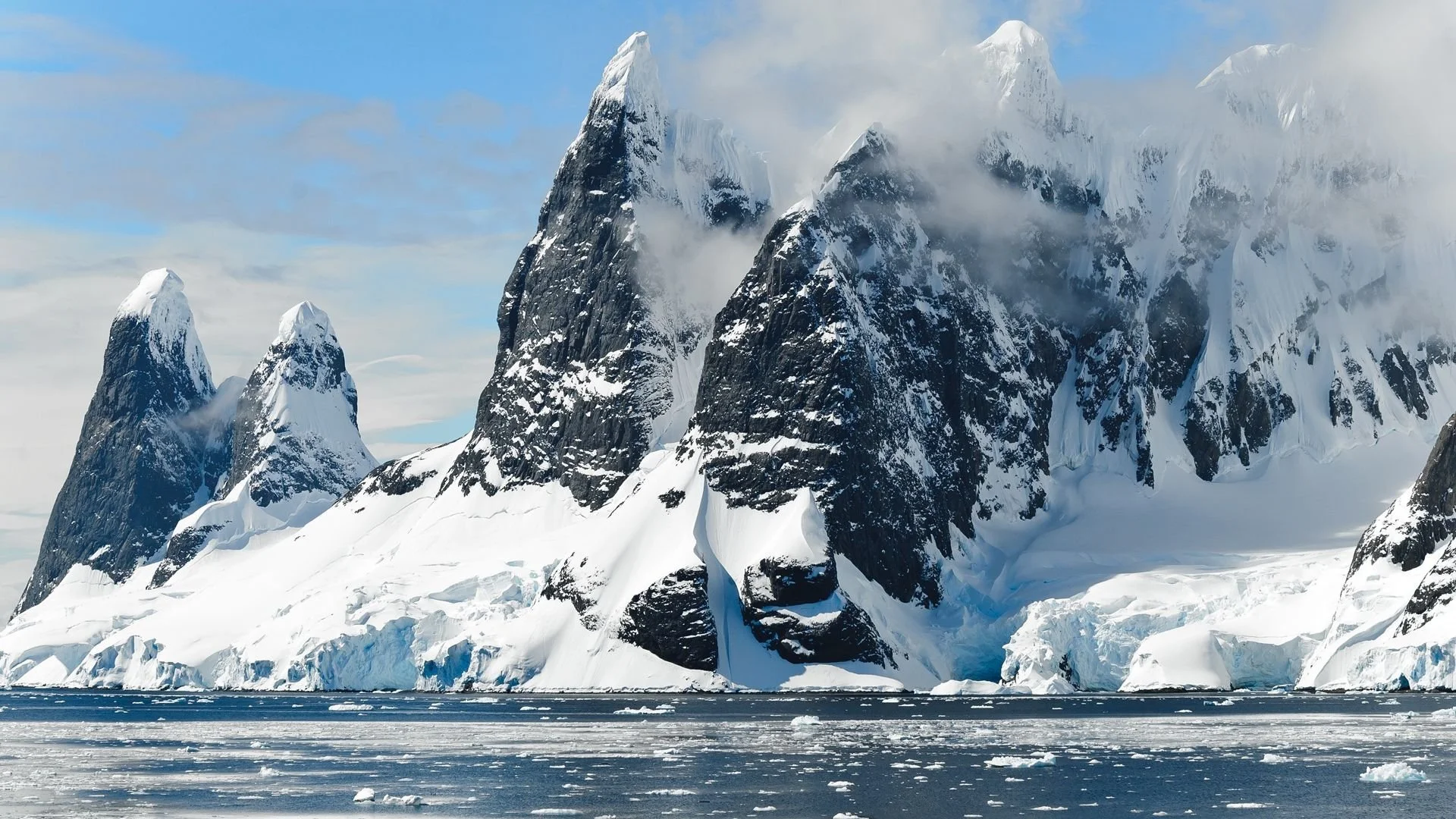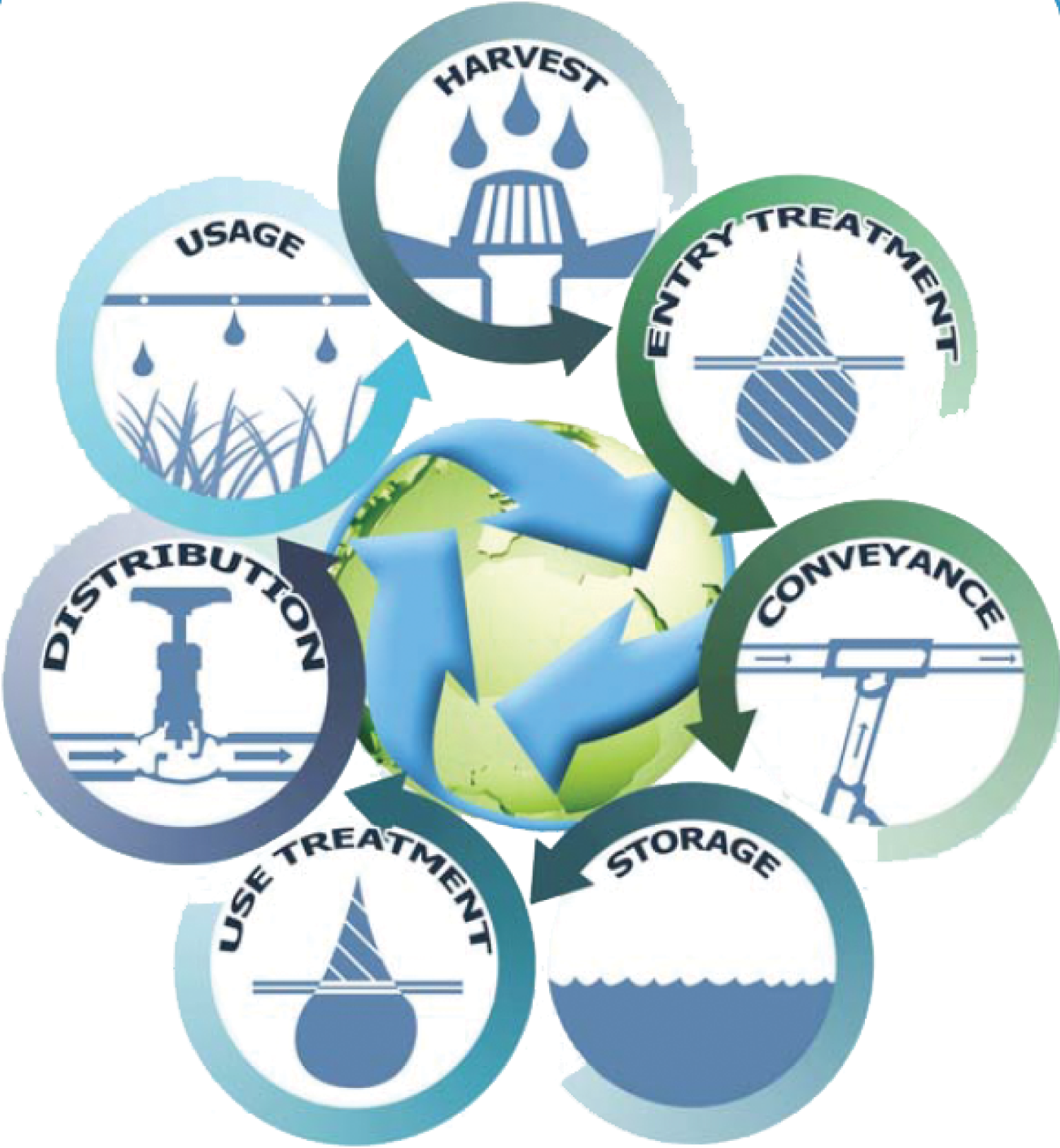Towards Net Zero Water - For Architects, Landscape Architects and Engineers
Advertisement
Water in the human body. Source: waterwaysproducts.com.au
We are water-based creatures living in a world largely defined by water. Without a constant supply of water, you and I would die in about three days. Only a few inches of water on the ground can also whisk your life away. Our brains and lungs are largely composed of water.
My fellow water-based creatures – take note that water is virtually everywhere, in each breath, each sip, each bite and even in the driest soils and hardest rocks. It is constantly moving within us, around us, through us and upon us.
I remember when I was camping in Nevada on a trip to the Grand Canyon. It felt like the dry desert air, at 5 per cent humidity, was slowly sucking the life out of me with my every breath. And it was! In the desert you must drink gallons of water each day to replenish yourself or face the unhealthy consequences of dehydration. In the 100 per cent humidity of the ancient city of Cartagena, Columbia, it felt like I was literally swimming in the air. My sweat had nowhere to go. It could no longer cool my body by evaporating on my skin. Once, on a winter camping trip with the thermometer below minus 25℃, (-13°F), we had to wear our clothes in our sleeping bags and burrow deep into them, so no skin was exposed while sleeping. Frostbite danger! In the morning, when I poked my head out of my sleeping bag, the water vapor from my breath had created an elaborate ice crystal palace of mini stalactites clinging to the roof of the tent. The cold also strips the precious moisture from the air!
Too much or too little water in the air is oppressive at both extremes, yet this has profound impacts on us and our world. “Water” says Howard Neukrug, Executive Director of the Water Center, in our latest podcast, “is connected to everything, and everything leads back to water”! His leadership helped transform the Philadelphia Water Department (PWD) into an agency working to develop 10,000 acres of pervious surfaces, largely through green stormwater infrastructure, while building a stronger and more resilient community. His work is being carried on by the new CEO of PWD, Randy Hayman, one of our keynote speakers at CitiesAlive 2022. Randy is our guest in this LAM's "On the Roof With" interview.
Stormwater cleansing using plants in Toronto. Photo: Steven Peck
Water is so fundamental to our lives. The control of precious freshwater resources, which are often not where they are most needed, is the source of much global conflict. Our grand uncontrolled world experiment - the climate change crisis – is already exacerbating water driven conflict. Furthermore, the glaciers which feed so many of the world’s rivers and lakes are now rapidly melting away and will cause future water scarcity to grow to unimaginable proportions. Meanwhile, the world’s oceans are rising rapidly due to the melting of the Antarctic and Greenland ice sheets. The oceans have already inundated coastline communities forcing evacuations from Alaska to the South Pacific Islands. A report just released by the non-profit Climate Central, indicates that on the US coasts, as many as 650,000 properties across 4.4 million acres of land will fall below changing tidal boundaries by as early as 2050. Tens of billions of assets will be lost and tens of millions of lives displaced.
Advertisement
Snow Peaks melting in Antarctica.
In other regions, extreme floods from atmospheric rivers will continue to be devastating. At present, more than 33 million people in Pakistan are suffering due to excessive monsoon rains that have caused widespread flooding in that country. Disrupted rainfall patterns will challenge the ability of vegetation to adapt and survive, be it urban trees or agricultural crops. California, a state that seems to be abundant in natural disasters, is currently in the middle of the worst heat wave ever recorded, with temperatures in Sacramento topping out at 116 °F (47℃).
For too long we have designed and developed our buildings and communities with little regard for wise water management. When we ignore, waste and abuse water resources we are now increasingly putting lives at stake and undermining our chances of adapting to climate change.
Are we ready for the multi-dimensional water crisis? No. And there are no quick technical fixes. In many cities around the world, we need policies, financial investment, legal frameworks, and institutions that support the design and development of wise water projects. These are projects that strive for net zero consumption of water, and that capture and store the rainwater and snowmelt and other sources of water so it may be used to support our needs when droughts inevitably arrive. Rather than pipe stormwater away as we’ve been doing for more than 100 years, we should collect it using green infrastructure and supportive technologies such as cisterns, and irrigation systems and engineered soils. We also need a flexible regulatory environment that allows us to tap into the many wasted water resources, such as grey water.
Advertisement
In 2010, we introduced a series of resource manuals and lectures to provide designers with valuable design principles and examples in support of more integrated approaches to water management in the design of buildings and communities. The work was funded by Ewing, and spearheaded by the late Jeffrey Bruce, founder and president of Jeffrey L. Bruce and Co. and former chair of Green Roofs for Healthy Cities (GRHC) and I. We realized that water management is key to a massive increase in green infrastructure for cities. The multi-year project was developed by GRHC partnership with the American Society of Irrigation Consultants. Although the technologies, policies, and terminology presented in the manuals and training programs may still be new for many designers, the underlying ideas are common sense. Some of the core ideas around integrated water management for buildings and sites from the program are that:
Cities and nature can become more self-sustaining and renewing.
Large volumes of water available for reuse go unaccounted for in most developments.
There are numerous ways to recapture and reuse water. When we do so, we will also save energy, which in turn, will save water and costs.
We can learn a lot from the function of plants and ecologies as living systems.
Rapid sea level rise will displace millions of people and destroy hundreds of thousands of buildings by 2050.
These peer reviewed training resources were ahead of their time. Yet they are one response to the worsening water crisis. The lectures and technical manuals are available on our online training platform, The Living Architecture Academy. Although there are many approaches and technologies involved in taking a holistic approach to water management, we have found that the following strategies are common to all:
Harvest all economically viable sources of onsite water.
Filter, treat and integrate harvested water into on-site supply.
Provide 24/7 on demand storage of all harvested water.
Provide control of harvesting, storage and distribution of the reclaimed water, including digital control where feasible.
Utilize high efficiency irrigation for roofs, walls and landscaped areas.
Minimize dependence on municipal water supply: reuse and limit waste.
Advertisement
The seven steps for the integrated water cycle. Photo: Integrated Water Course Resource Manual.
The adoption of these strategies will vary from project to project but can lead to the goal of net zero water use. There are seven steps associated with the integrated water cycle. The intent of the Net Zero Water concept is to provide, to the greatest degree possible, a closed loop of water flow within one or more buildings and the surrounding site. While this concept may not be achievable in certain projects, incorporation of its principals can lead to reduction of domestic water and sewer dependency. The circle is a strategic approach to thinking about water and how it integrates into systems. These approaches include:
Harvest (Catchment or Re-Capture)
Point of Entry Treatments (POE)
Conveyance
Storage & Stabilization
Point of Use Treatment (POU)
Distribution
High-Efficiency Use
Addressing water management in a holistic manner in development projects utilizing these approaches is not without challenges – technical, regulatory, and financial in nature. Bruce Dvorak’s article in this issue of the LAM provides examples of different types of green roofs that employ water harvesting and even grey water cleansing (as does Herbert Dreiseitl's article which showcase international projects). The use of greywater will be subject to local regulations. Many of these may be too rigid and even defy common sense, and can represent a major obstacle to greater progress in many jurisdictions. Partnerships and the identification of shared interests are key to overcoming these types of barriers.
Innovation remains essential to our ability to rapidly respond to the multiple threats of the climate crisis. Innovation is key to leveraging the design and development industries’ creativity so it can be harnessed to address the fundamental goal of having clean water, something we depend upon in more ways than one, each and every single day.
Advertisement
Steven Peck, GRP, Honorary ASLA is the founder and president of Green Roofs for Healthy Cities and the Editor of the Living Architecture Monitor. www.greenroofs.org
For More Information
LAA Training – For more technical information on Net Zero Water, check out the Integrated Water Management Course and Manual
See the non-profit Climate Central
Read the On the Roof article with the CEO of Philadelphia Water Department, Randy Hayman
See the Sustainable Futures: Designing Green Communities and Buildings Podcast brought to you by the Living Architecture Monitor: Water, The Universal Connector with Howard Neukrug The Water Center, University of Pennsylvania









